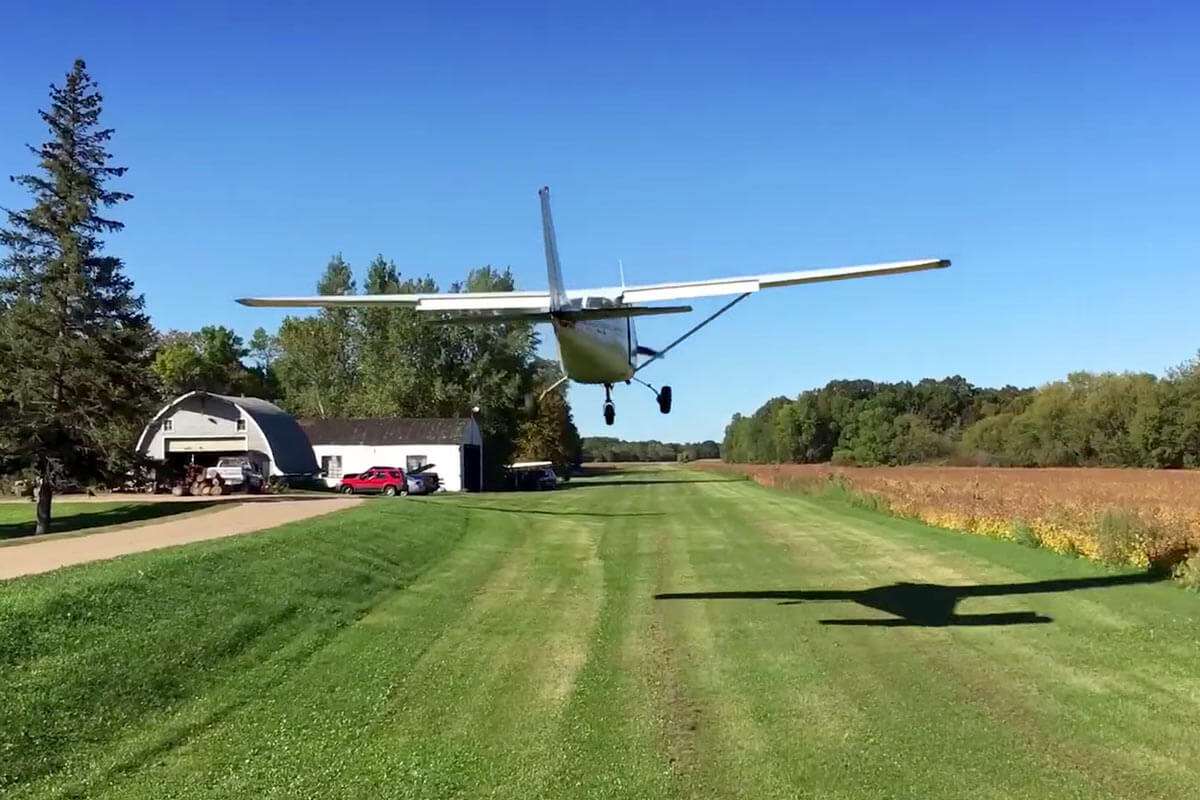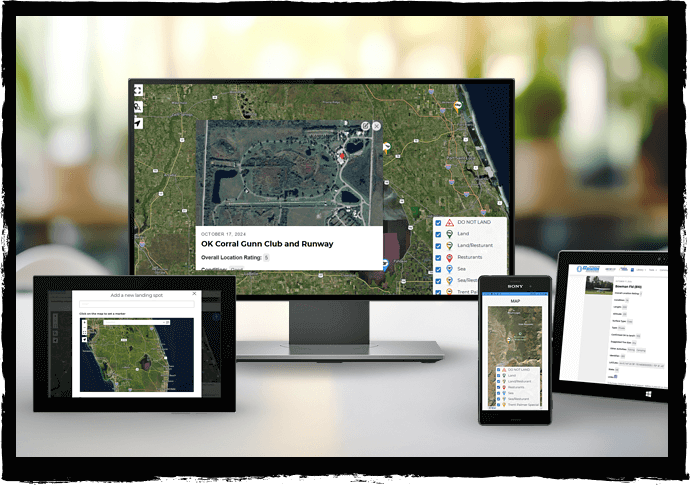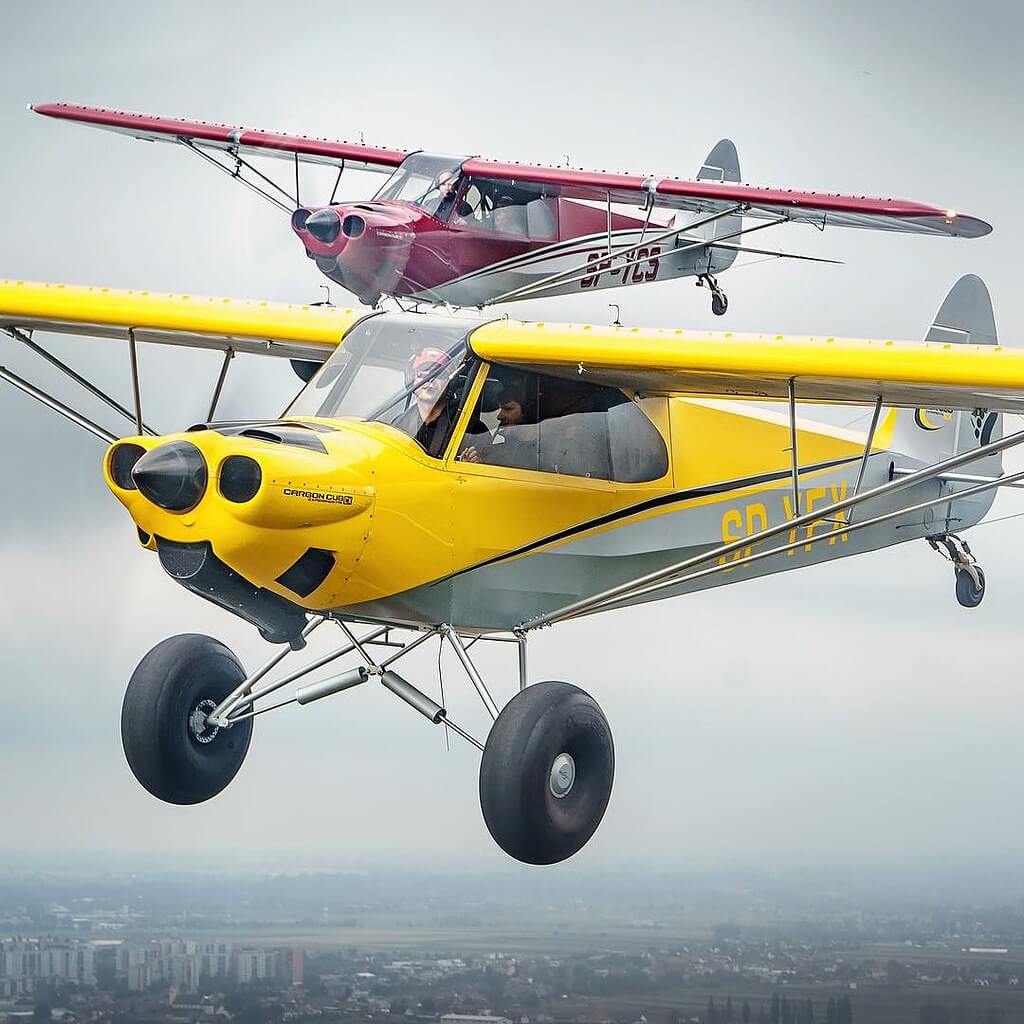Technological Advancements and Market Updates in Aviation: A 2025 Overview | Aviation Technology
In 2025, aviation is soaring beyond traditional boundaries, revolutionizing how we fly, manage operations, and experience air travel. From sustainable innovations to cutting-edge technologies, this article delves into the pivotal shifts shaping aviation technology today. Whether you’re an industry enthusiast or a curious traveler, here’s a comprehensive look at the future unfolding in the skies.
Sustainable Aviation Fuels (SAF): Powering a Greener Future
Expansion and Integration: Sustainable Aviation Fuels (SAF) have emerged as a cornerstone of aviation technology, driving the industry toward a more sustainable future. Derived from renewable sources such as waste oils, agricultural residues, and captured carbon dioxide, SAF is increasingly blended with conventional jet fuel. For example, United Airlines has set an ambitious goal to achieve 100% SAF usage by 2050, reflecting a broader industry trend. Meanwhile, production is scaling up, with recent advancements in catalytic conversion processes boosting efficiency and output.

Challenges: Despite its potential, SAF faces hurdles. Currently, production costs remain high, and supply struggles to meet growing demand. However, partnerships between governments, airlines, and energy firms—coupled with technological breakthroughs—are steadily overcoming these barriers.
Environmental Impact: SAF can reduce aviation’s carbon footprint by up to 80% compared to traditional fuels, according to the International Air Transport Association (IATA). This makes it a game-changer in decarbonizing an industry responsible for roughly 2% of global emissions.
Big Takeaway: SAF is no longer a futuristic concept—it’s a tangible solution transforming aviation today. As production scales and costs decline, it promises a cleaner, greener era of flight.
Artificial Intelligence and Machine Learning in Aviation Technology
Operational Revolution: Artificial Intelligence (AI) and machine learning are redefining aviation technology, enhancing everything from flight operations to passenger services.

Efficiency: Airlines now leverage AI to optimize flight paths in real time, cutting fuel consumption by up to 10% through improved weather forecasting and traffic coordination. Delta Air Lines, for instance, uses AI-driven predictive maintenance, reducing unscheduled maintenance events by 20%.
Safety Enhancements: AI analyzes massive datasets—engine performance, flight patterns, and more—to detect anomalies early. This provides pilots and air traffic controllers with sharper situational awareness, bolstering safety across the board.
Passenger Experience: AI-powered chatbots offer round-the-clock customer support, while machine learning tailors travel experiences, personalizing everything from in-flight entertainment to meal options.
Big Takeaway: Beyond mere automation, AI augments human capabilities, making aviation safer, more efficient, and more passenger-centric—setting a new benchmark for the industry.
Urban Air Mobility (UAM) and eVTOL Aircraft: Redefining Urban Transport
The Dawn of Urban Flight: Urban Air Mobility (UAM), powered by electric Vertical Takeoff and Landing (eVTOL) aircraft, is set to transform cityscapes by offering a sky-based alternative to congested roads.

Market Entry: Companies like Joby Aviation and Lilium are transitioning from prototypes to commercial operations. Joby has partnered with cities like Los Angeles for urban routes, while Lilium prepares for short-haul flights across Europe, with services slated to launch soon.
Regulatory Framework: Safety, noise, and infrastructure remain key concerns. The FAA’s UAM Concept of Operations (ConOps) outlines integration into existing airspace, prioritizing community acceptance and minimal environmental disruption.
Urban Impact: eVTOLs could slash commute times dramatically—think 15-minute trips replacing hour-long drives—while influencing urban planning with new vertiport hubs.
Big Takeaway: UAM stands to revolutionize urban living, but its success depends on navigating regulatory hurdles and earning public trust.
Autonomous Aircraft: Pioneering the Next Frontier
The Autonomous Horizon: While fully autonomous passenger flights remain on the horizon, aviation technology is steadily advancing toward that goal with incremental steps.
Cargo Operations: Autonomous cargo drones are already operational, delivering goods to remote areas. Companies like Amazon and UPS lead the charge, while Boeing’s Wisk Aero tests autonomous eVTOLs for logistics.
Pilot Assistance: Current systems assist pilots by automating tasks like takeoff and landing, aiming to reduce human error. Airbus is trialing single-pilot operations for commercial flights, supported by robust AI frameworks.
Progress and Safety: Trials for autonomous passenger aircraft are underway, with safety as the top priority. The AOPA notes that these technologies could enhance reliability over time.
Big Takeaway: Autonomy in aviation is evolving gradually, starting with cargo and pilot support, paving the way for a future where machines take the controls—safely and efficiently.
Market Updates and Economic Insights in Aviation Technology
A Dynamic Marketplace: Beyond technological leaps, aviation in 2025 is shaped by economic strategies and market dynamics.
Mergers and Acquisitions: A significant European airline merger is anticipated this year, consolidating routes and cutting competition. This could streamline networks but raises questions about market fairness.
Capacity and Demand: New aircraft like the Boeing 737 MAX 10 and Airbus A321XLR are expanding long-haul options, aligning with rising passenger demand and fleet modernization efforts.
Cybersecurity: As aviation digitizes, cybersecurity threats loom larger. The industry is responding with hefty investments, projecting a 50% market growth in this sector over the next five years, per NBAA insights.
Big Takeaway: The market’s evolution intertwines economic maneuvers with tech adoption, requiring airlines to balance growth, security, and sustainability.
The Future Outlook for Aviation Technology
In 2025, aviation is at a crossroads of innovation and responsibility. Technologies like SAF, AI, UAM, and autonomy are not just advancing—they’re redefining the industry’s core. Yet, the real story lies in their integration: scaling SAF to curb emissions, embedding AI for smarter operations, launching UAM to ease urban congestion, and testing autonomy for safer skies. Looking ahead, success hinges on making these solutions accessible, affordable, and widely accepted. For more insights into aviation’s future, explore resources at E3 Aviation Association.
